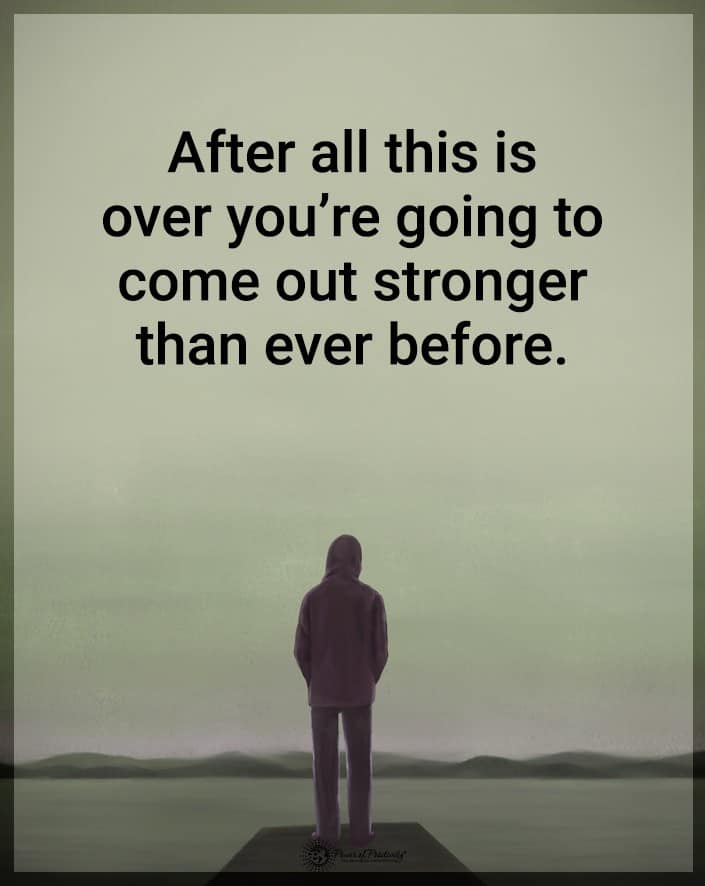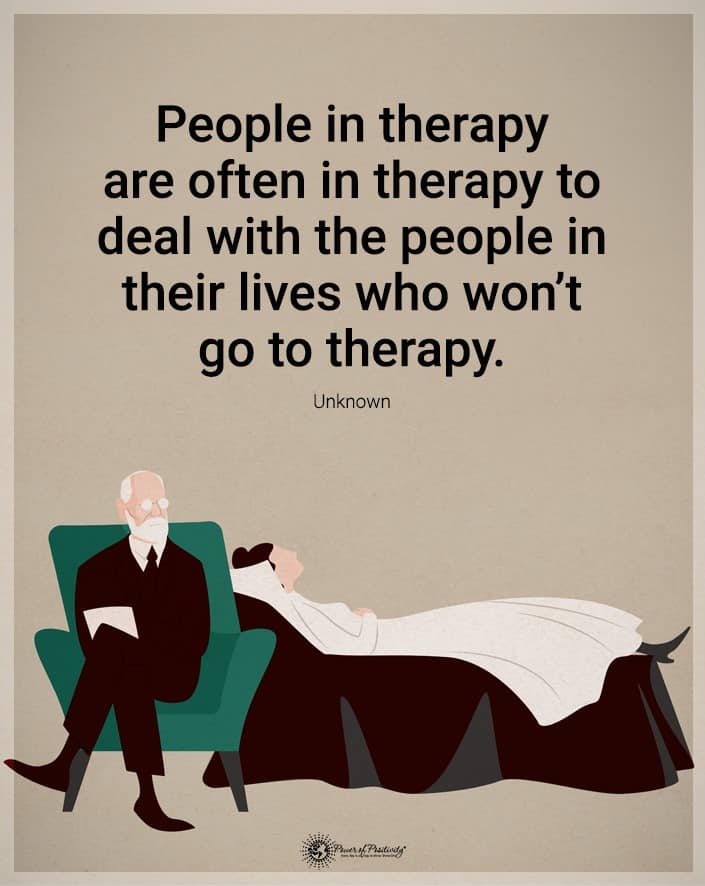Have you ever dreaded looking in the mirror to face yourself? Maybe it’s because you’ve come to believe things about yourself that are false. These types of shame can negatively impact your life, and you do not see the true beauty that exists within you.
It’s common for people to use the words shame and guilt interchangeably. While they both include negative thought patterns, they are different emotions. Both can be detrimental to your entire well-being.
Guilt is a negative emotion you feel in response to something specific you’ve done. Consequently, shame is confusing, as it’s a negative emotion that encompasses your whole self. If you’ve purposely done something to hurt someone, you should feel guilty enough to make it right. In this aspect, guilt can create a positive outcome.
However, shame is usually unwarranted and does nothing to benefit you. It’s a bit confusing until you genuinely understand both terms and how each of these things can impact your life.
In an article published by Psychology Today, Dr. Shahram Heshmat explains some of the components of shame. He states that shame is an overwhelming feeling that you’ve failed to live up to standards. Shame involves self-awareness, self-blame, personality traits, standards, and self-esteem.
Ten Types of Shame to Free Yourself From
It’s understandable to lump shame in one exclusive category. However, different kinds involve everyday human experiences. Here are ten types of shame and why you should let go of them immediately.
1. Body Image Shame
Thanks to the media and Hollywood, generations of children grew up with a negative body image. According to an article published by Do Something, at least 91 percent of American women are unhappy with their bodies. According to the report, approximately twenty percent of men say they would have cosmetic surgery if they could afford it.
This prevailing emotion is one of the most severe types of shame. The same article explains that only five percent of women in America have what the media calls a “perfect” body. A negative body image can destroy your self-esteem and make you hate yourself.
If you cringe each time you look in the mirror, you’re probably experiencing this cruel shame. It’s the basis for teens’ and adults’ weight shaming and eating disorders. Body image shame refuses to allow you to celebrate your beautiful individuality.
2. Health Issues Shame
Being ashamed of your health and physical limitations also creates a toxic self-image. Maybe you have a developmental disability or cope with a debilitating condition. It may alter your appearance or limit what you’re able to do every day.
Do you struggle with shame because of a condition brought on by your past lifestyle? Even if it was, the unfounded guilt isn’t helping you now. These types of shame do nothing but make the issue worse.
One condition that’s especially prone to such shame is mental health issues. Since society has stigmatized mental illness for so long, the unfair guilt lingers. Even in the 21st century, many people are hesitant to get help for a mental condition because of the implications and stigma.
3. Cultural or Ethnic Shame
It’s a beautiful world that thrives in all things diverse, including people. Wouldn’t it be a dull existence if everyone was exactly alike? Yet many folks are ashamed of their rich ethnic and cultural heritages.
4. Gender Shame
Gender shame is another type of shame created by society over thousands of years. The dominance of many male-controlled institutions has suppressed women, but it’s often made gender shame for them.
There are many people that battle gender shame because of hurtful stereotypes and prejudice—no wonder those who are free of this self-condemnation highlight their pride. Self-respect in who you are can turn your painful feelings into confidence, regardless of your gender attraction.
5. Age Shame
An article published by Psychology Today explains the high level of elder respect in most Asian countries. According to the report, it’s a tenant of Confucianism that has lasted for centuries. Types of shame like ageism would seem foreign in the East, but not so much in the Western world.
Americans and media in the West idolize youth and vitality. Those who are middle-aged flock to plastic surgeons, beauticians, and stylists as their last hopes for the fountain of youth. According to an article published by AARP, age discrimination in the workforce remains a severe problem.
6. Financial or Social Status Shame
Ever since humans created the concept of wealth, there’s been a noticeable rift between the “haves” and “have nots.” Throughout the ages, money was power, and those who had it ruled the poor. “Keeping up with the Joneses” has created a type of shame steeped in envy and discontent in America.
You probably won’t hear many people say they are happy with their financial situation. If you aren’t, then you’re measuring your self-worth by your bank account. You may feel shame and guilt that you’re not in the luxurious circles in which you’ve longed to be.
7. Career Shame
Some types of shame go hand in hand, such as financial and career shame. It’s easy to be frustrated when working a dead-end job and wanting a high-paying career. There’s just as much dignity in sweeping floors for an honest living as there is being CEO.
Being ashamed of your career may create negativity in your workplace. Plus, it may hinder you from seeking to better yourself. At some point, you realize that you work to provide for yourself and your family, and your job doesn’t define you.
8. Productivity Shame
Do you have a healthy balance between work and leisure, or do you insist on working all the time? Some people compare their self-worth by how productive they are each day. They feel guilty when they take a well-deserved break or vacation because they should be working.
Of course, you should be productive and have pride in a job well done. However, productivity shame only manages to make you lose precious time with your loved ones. Nobody ever wished from their death beds that they’d been in the office more.
9. Grief or Trauma Shame
Although it goes against reason, many people feel guilty after a traumatic experience. A PTSD-related condition called survivor’s guilt is a crushing blame that people often experience after surviving a disaster when others didn’t.
Those who survive attacks by predators may also battle unfounded guilt as if they provoked the abuse or aggression. It’s a type of shame that makes you contemplate and loath your life. It won’t allow you to start the process of healing.
Constantly reliving the trauma and holding guilt keeps you in the victim’s position. However, realizing the uselessness of such shame empowers you to become a survivor. It’s all how you perceive yourself and to allow the guilt to continue or not.
10. Parenting Shame
The parenting portrayed in family sitcoms of yesteryear isn’t based on reality. During a half-hour show, cheerful dad reads the paper while mom serves dinner dressed in heels and pearls. If the playful children have any conflict, it’s usually resolved by the end of the program.
You’re still human, even if you’re a parent. No matter how much you love your kids, you’ll make mistakes. Parenting shame creates unrealistic expectations that demand perfect sitcom parents and children.
How to Get Rid of Those Ten Types Shame
Building up shame in your heart didn’t happen overnight, and neither will your healing. However, you can take positive steps to get the process going in the right direction. These are steps to take to release those uncomfortable emotions.
1. Identify Your Types of Shame
What are the traumatic events or situations that trigger your shame, and what are the thought processes behind it? Once you recognize what’s caused your shameful feelings, you can start the healing process.
2. Take Responsibility for Your Types of Shame
You can’t heal and move on from unnecessary shame by feeling guilty for it. Own these feelings and consider them a challenge. Discover how destructive they can be and any life lessons you can learn from them.
3. Release Your Shame
Once you’ve identified your shame and taken responsibility for it, you can let it go. If it helps, say your intentions aloud and release them compassionately into the Universe. You can also remove the shame by recording your thoughts in a journal or talking to a trusted friend.
4. Enjoy a Fresh Start After Your Release Any Types of Shame
As you release your painful feelings into the Universe, it neutralizes them, and you can finally breathe in peace. Now, it’s time to reprogram your mind if old thought patterns return. Instead of reacting with shame, learn to be compassionate with yourself and let them go.
Final Thoughts on Identifying the Common Types of Shame So You Can Set Yourself Free
You deserve a satisfying life filled with love, adventure, and self-appreciation. Shame does nothing but tear you down and stand in your way of realizing these goals. When you acknowledge your guilt and its negative impact, you can start to heal and love yourself back to life.
The post 10 Types of Shame to Let Go Immediately appeared first on Power of Positivity: Positive Thinking & Attitude.





